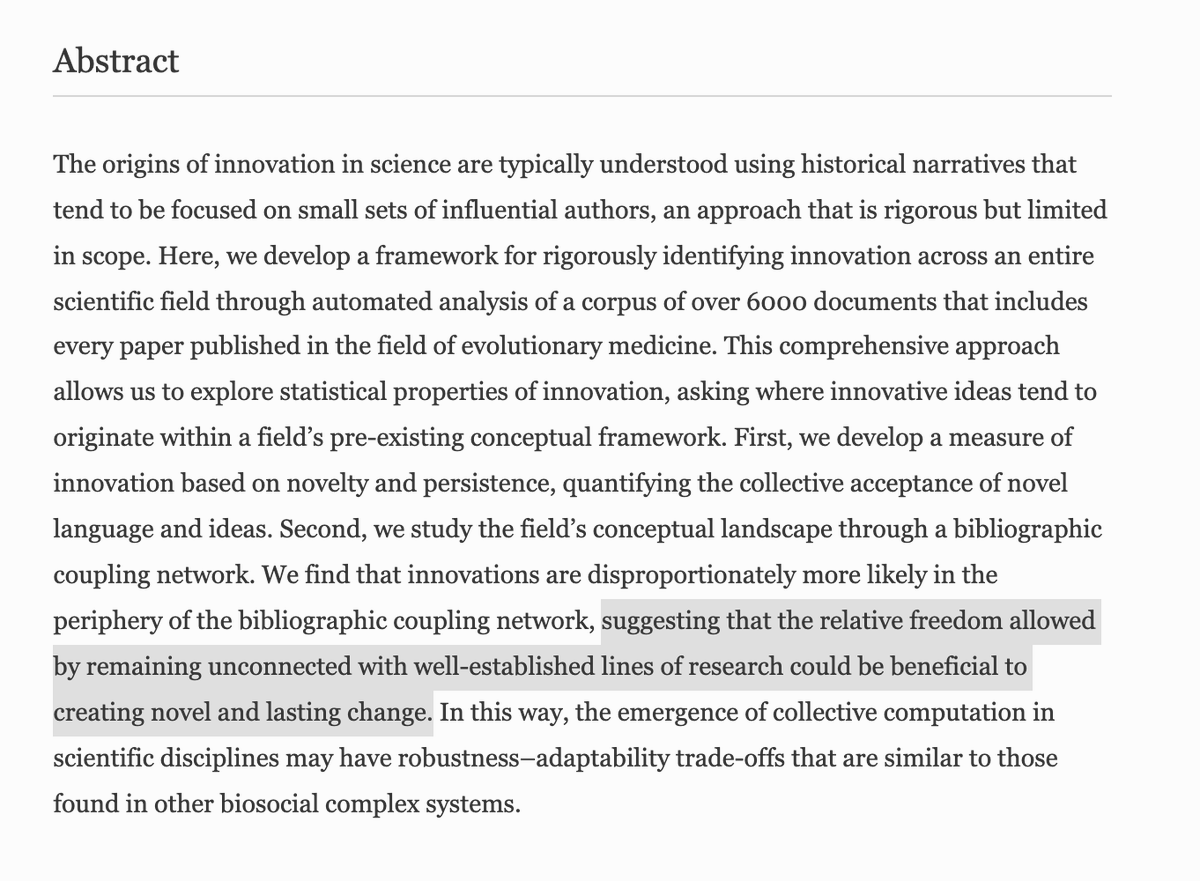
Bryan Daniels
@bryandaniels
ID: 20315774
http://www.public.asu.edu/~bdaniel6 07-02-2009 15:50:41
44 Tweet
79 Followers
69 Following



Where is information stored in collective computations? We find risk is encoded in the spatial structure of fish schools: exc.uni-konstanz.de/collective-beh… pnas.org/content/early/… With Matt Sosna @jbakcoleman Colin Twomey Pawel Romanczuk Iain Couzin



🔎 Relatedly, new work co-authored by SFI External Prof Manfred Laubichler (with Arizona State University's Deryc Painter & Bryan Daniels): "Innovations are disproportionately likely in the periphery of a scientific network" link.springer.com/article/10.100… (File under "#robustness / #adaptability tradeoffs")


Good: Collective behavior featured in Harper's Better: Our collective behavior research featured in Harper's Best: Steven Strogatz saying collectives define all scientific mysteries of our time Thanks Vanessa Gregory for some great scientific journalism harpers.org/archive/2022/0…

Collective ideas from Kant (thanks to Eitan Tadmor at #JMM2022): "...what seems complex and chaotic in the single individual may be seen from the standpoint of the collective whole to be a steady and progressive though slow evolution" en.wikisource.org/wiki/Idea_for_… (my retranslation)


A living system _not_ optimized at a critical point: startles spreading through a fish school. Fish limit behavioral contagion, perhaps to help ignore false alarms. Our new paper with Winnie Poel, Pawel Romanczuk, Matt Sosna, Colin Twomey, Simon Leblanc, Iain Couzin science.org/doi/10.1126/sc…











